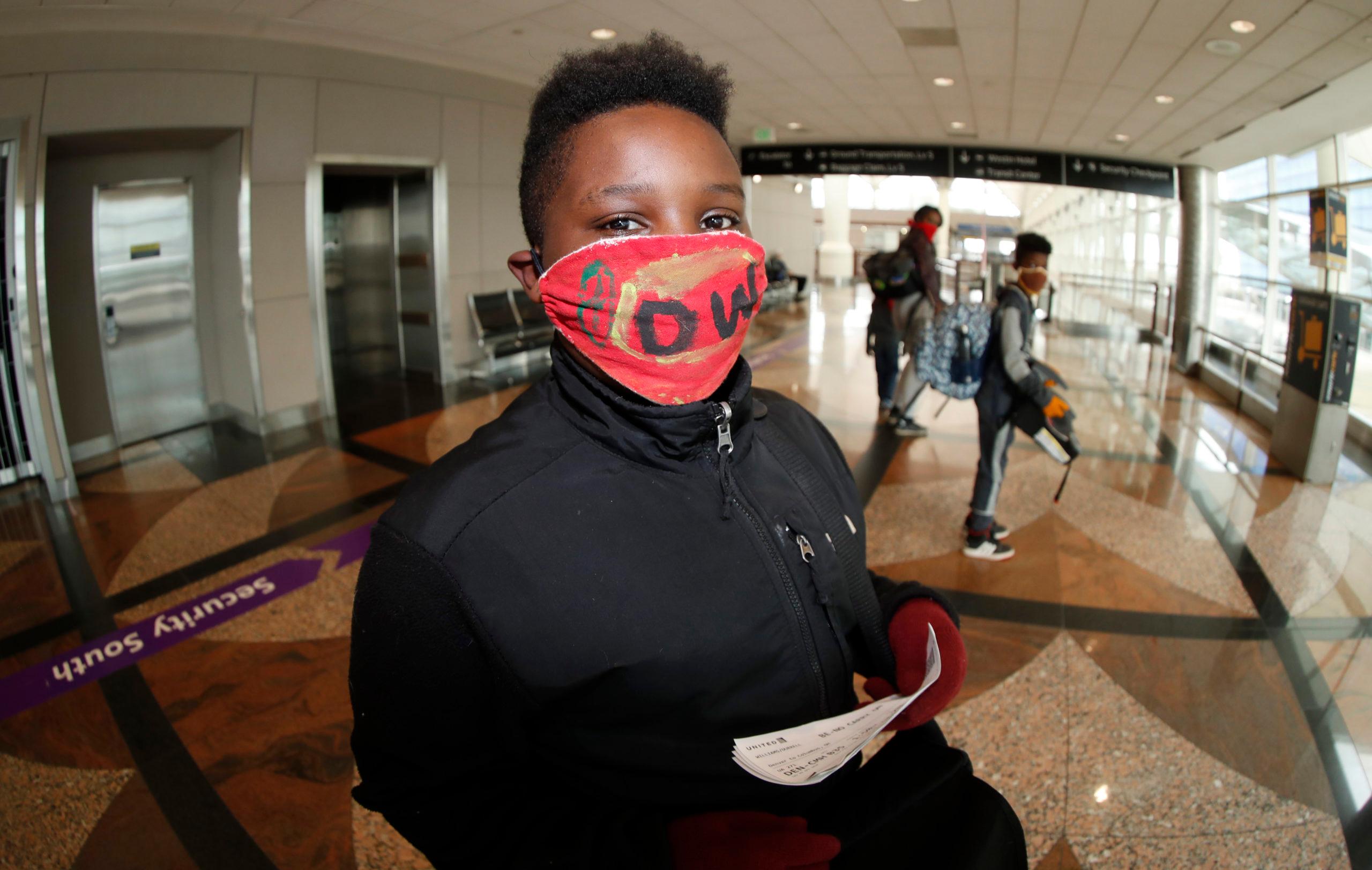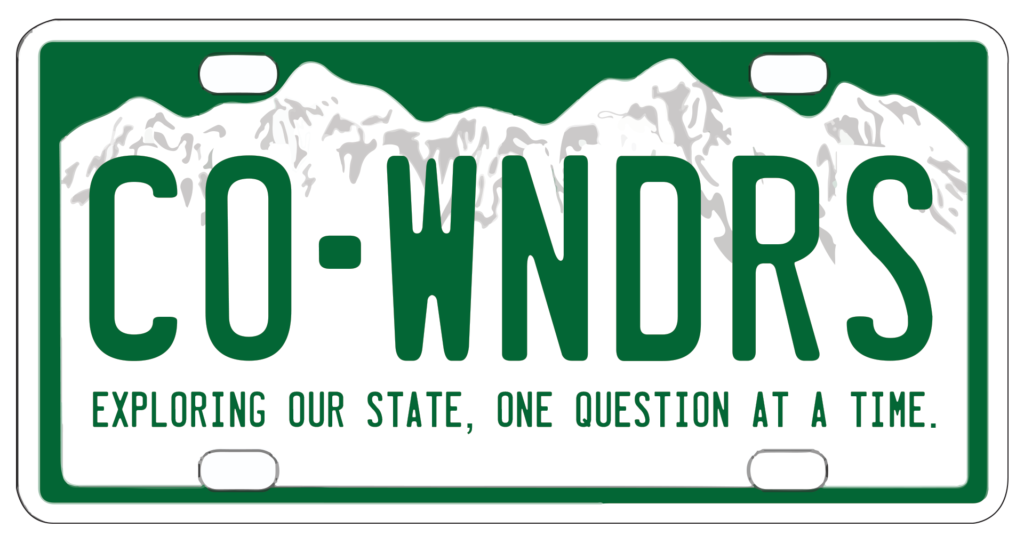
Now that masks are recommended for everyone who’s out and about, new questions are coming in from Colorado Wonders and other channels about mask etiquette and efficacy.
What should people look for in masks?
The key thing is covering the nose and mouth securely. Ideally with something that can hold the mask over the shape of the bridge of the nose.

This is important because one of the main reasons officials decided to recommend masks for the general public of increasing evidence that people who don’t have symptoms could be shedding the virus through coughs, sneezes or even just breathing. In fact, it seems some people could have the virus and be spreading it up to 48 hours before they even show symptoms, so officials decided if everyone masked up, it could help.
The state has teamed up with The Colorado Mask Project to offer a range of mask-making ideas.
Is the mask to protect ourselves or others?
When Gov. Jared Polis announced it, he referred to how it could help keep our own germs to ourselves. He said, for instance, grocery store workers or people in other essential jobs who are exposed to a steady stream of people, would face less of a threat if everyone wore masks. An important caveat though, if you do have symptoms, officials say stay home in isolation, don’t go into public.
Still, the question remains — how reliable are cloth masks?
That’s the big question. The Centers for Disease Control and Prevention and the state health department did not even recommend them until April 3, the day Polis and The White House announced the change. Health officials have said the best tools to avoid infection are social distancing, washing your hands and keeping your hands away from your face, and those still stand, even though masks are now also recommended. Some officials worry people will think the mask is the main precaution, and they’ll get sloppy on the other parts.
Dr. Michelle Barron the medical director of infection prevention at the University of Colorado Hospital said that she worries about the masks giving people a false sense of security.
“At the end of the day, most of the transmission is still going to be from contamination of surfaces and through your hands touching these contaminated surfaces,” Barron said. “And so having this mask on gives you this sense of, ‘Oh, well it's not such a big deal. Maybe I can talk to my neighbors now, maybe I can hang out at the grocery store a little bit longer. Maybe I can do all these other things’ and lose that awareness that your hands are still touching all sorts of things.”
Think of it this way. You go to the grocery store and your mask helps keep your potentially infected droplets from spreading into the store. But if someone else has touched their own infected mask and then touched the produce or canned goods, you could pick up the virus when you touch those things. And transfer it to your mask and then your face if you aren’t careful.
Now that so many people are wearing masks, what are the do’s and don'ts of daily use?
It’s worth repeating that officials say don’t seek out medical masks for this. Health care workers need all they can get. And there are lots of options for fashioning your own mask.
You should use a tightly woven cotton, ideally at least a couple of layers. In his news conference, Gov. Polis emphasized you can make a mask from an old T-shirt you have, or a bandana. Here’s a video for a no-sew mask from a T-shirt, and here’s how to use a bandana or cloth napkin or small towel and rubber bands.
When you are out and about, still stay at least 6 feet away from people. The mask isn’t giving you superpowers.
When you come back home, don’t stuff the mask in your purse or coat pocket or leave it in your car. And don’t use it again without a good washing.
To remove the mask, don’t touch the front of the mask, assume it’s contaminated. Take it off using the straps around your ears. Drop it straight into the washing machine, or a bucket of soapy water until you can clean and rinse it. Or, if you are taking a quick break to eat or drink, you can set it on a piece of paper until you are ready to wear it again (and throw that paper away). Treat the mask as if it’s infected from exposure to other people breathing or coughing (not everyone is wearing a mask, or has a proper fit) or from inadvertently putting your hands on it. And then wash your hands. Barron doesn’t think that can be overstated.
“I've said this a hundred times, you’ve got to wash your hands,” Barron said. “Your hands, your hands, your hands. At the end of the day, your hands are how this gets places. Unless you are so close to someone that you let them cough on you.”
What are the consequences for people who don’t wear masks?
It is voluntary. Polis has said he hopes it will become a point of pride for Coloradans to demonstrate their willingness to help the broader community by wearing them. The state is offering tips and patterns at coloradomaskproject.com.








